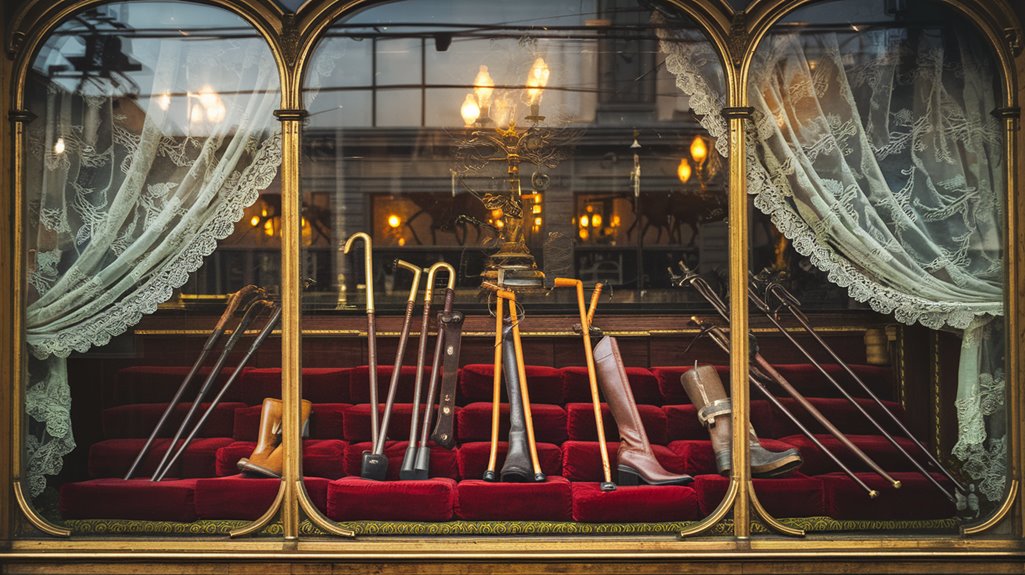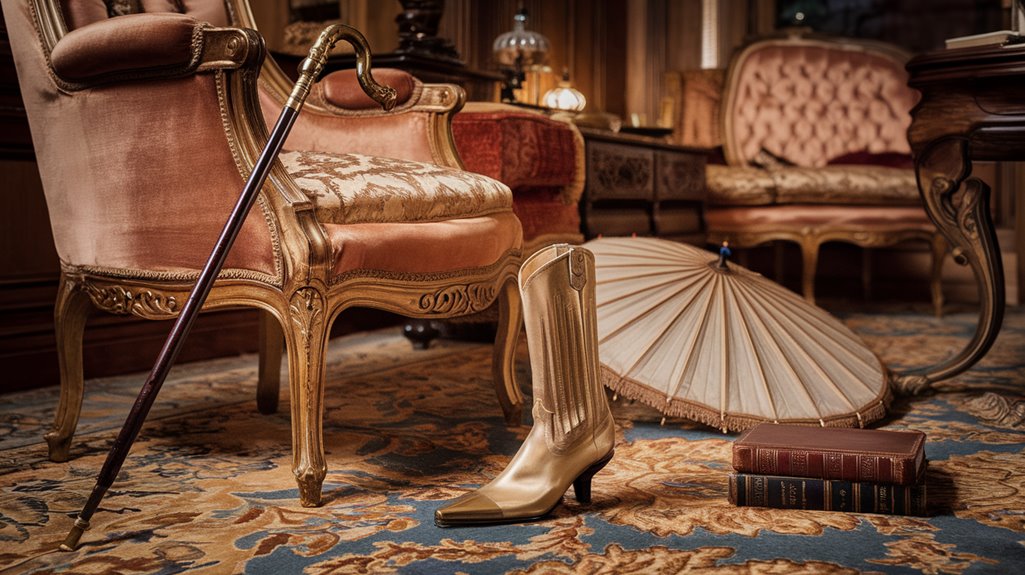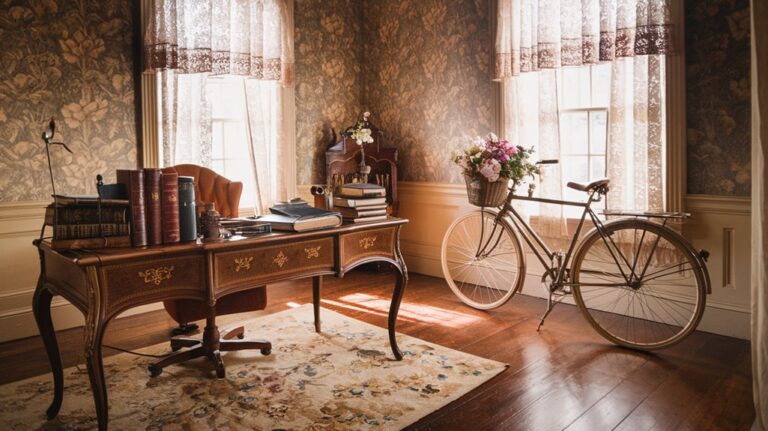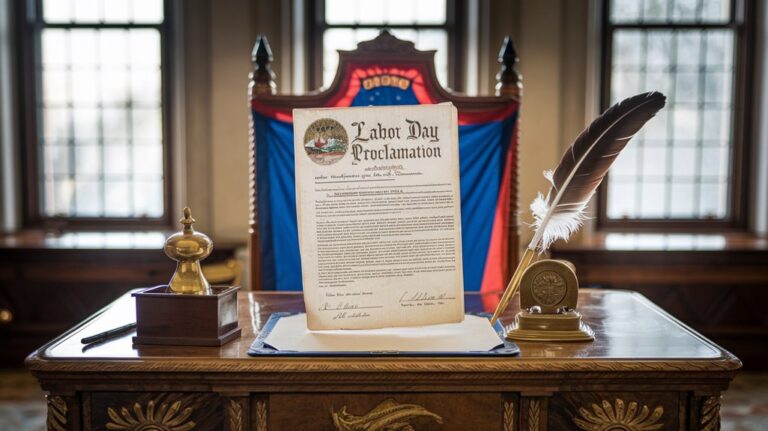Limping Became a Fashion Trend in Victorian England
You might think you've heard of every bizarre fashion trend, but Victorian England's "Alexandra Limp" will make you question everything you know about social influence. When Princess Alexandra developed a noticeable limp from rheumatic fever, high-society women didn't offer sympathy – they grabbed mismatched shoes and walking sticks to copy her. That's right: perfectly healthy women deliberately limped to show their status. But the story behind this peculiar trend goes far deeper than mere imitation.
The Royal Origins of an Unusual Trend
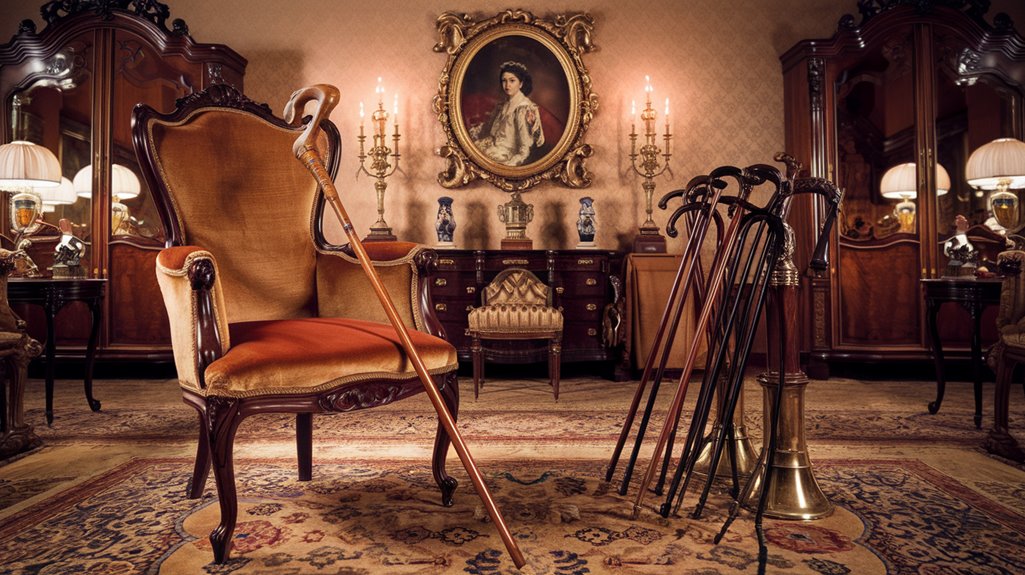
While many fashion trends emerge from innovative designers or cultural movements, one of Victorian England's most peculiar fads originated from an unlikely source: a royal's medical condition.
Princess Alexandra of Denmark, a prominent fashion icon, unknowingly sparked this trend due to her noticeable limp. Her condition developed after suffering from severe rheumatic fever in 1867. Despite its health implications, high-society women enthusiastically mimicked her gait, viewing it as the ultimate form of royal endorsement.
The trend reflected how Victorian fashion customs were heavily influenced by the British Empire's expanding power and royal preferences. You might be surprised to learn that retailers quickly capitalized on this unusual trend, selling mismatched shoes with different heel heights to help women achieve the desired effect.
Women also carried walking sticks to complete the look. What started as a genuine medical condition transformed into a fashion statement that swept through Victorian England's upper echelons.
How Princess Alexandra's Health Shaped Fashion
Princess Alexandra's journey from vibrant young royal to a woman with physical limitations marked a significant turning point in Victorian fashion history.
After developing a severe illness in 1867, her resulting limp unexpectedly sparked a peculiar fashion evolution among society's elite.
You might find it hard to believe, but high-society ladies began intentionally mimicking Alexandra's distinctive walk. They'd wear mismatched shoes and carry walking sticks to achieve what became known as the "Alexandra limp."
This unusual trend highlighted the immense influence royal health had on Victorian fashion, even when it bordered on the inappropriate. Despite her physical challenges, she continued to set fashion trends globally throughout her reign.
During her time as Princess of Wales, she maintained immense popularity with the public despite her physical condition.
The fashion world's response to Alexandra's condition reflected both the era's deep admiration for the princess and society's questionable approach to disability, though the trend quickly faded due to public criticism.
The Spread of Fashionable Limping Across Society
Despite public criticism, the "Alexandra Limp" spread rapidly through Victorian society as fashion-conscious ladies enthusiastically mimicked the princess's gait.
The cultural implications of this trend were far-reaching, as women across London and other British towns deliberately hobbled to showcase their social status and fashion awareness. Her influence as a Victorian fashion icon shaped how women presented themselves in society.
The fashion absurdity reached new heights when shoemakers began producing specialized footwear with mismatched heel heights to help women perfect their artificial limp. Ladies often carried ornate walking canes to complete their fashionable imitation of Alexandra's condition.
You'd find high-society ladies passionately purchasing these shoes, despite newspapers condemning the trend as "idiotic" and "ludicrous."
While the fad was relatively short-lived, lasting only a couple of years, it perfectly captured the extreme lengths Victorians would go to emulate royal fashion, even if it meant mimicking a physical ailment.
Strange Shoes and Fashion Accessories
The bizarre fashion of limping sparked an entire industry of peculiar footwear and accessories in Victorian England. You'd find retailers selling shoes with mismatched heel heights specifically designed to create an uneven gait, while local cobblers customized footwear to achieve these strange aesthetics.
Ladies completed their affected limp with quirky accessories like walking sticks, turning a medical aid into a fashion statement. Women often endured significant discomfort since they frequently wore shoes too small to maintain their social standing.
Before mass production took over, craftsmen in every town catered to this unusual trend, creating specialized boots and shoes.
While the Alexandra limp didn't last as long as other Victorian fashion crazes, it demonstrated how far people would go to emulate Queen Alexandra's style. The trend showcased the era's fascination with elaborate design elements, even when they challenged practical movement and comfort.
Public Response and Media Commentary
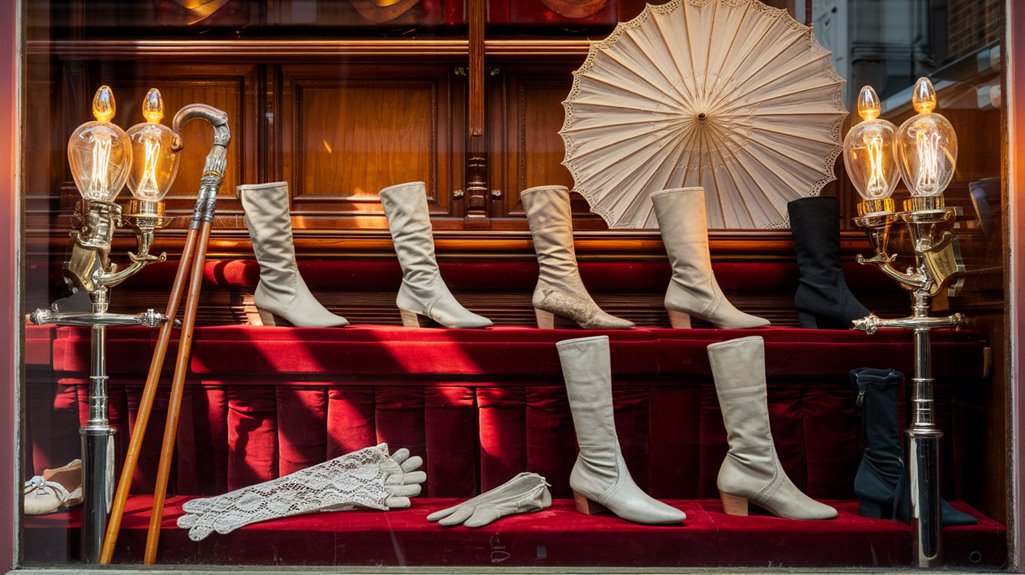
As this peculiar fashion trend gained momentum, British newspapers launched scathing critiques of what they deemed "fashionable folly." Scotland's *Courier and Argus* didn't mince words, declaring that fashion extremes had crossed an unacceptable line by mocking human disability. The trend originated when women sought to imitate Alexandra of Denmark's limp.
Public perception was overwhelmingly negative, with onlookers expressing pity and confusion at the sight of perfectly healthy women hobbling down streets with canes. The media portrayal, particularly in the North British Mail, labeled the trend "a monstrosity" that was both "painful" and "idiotic." A prominent Edinburgh shoemaker capitalized on the trend by creating specialized mismatched shoes specifically designed to help women achieve the limp.
Yet despite the harsh criticism, you'd still find upper-class women throughout London and beyond keenly adopting the limp. Even as newspapers documented the absurdity of wearing mismatched shoes and using unnecessary walking aids, the trend's popularity persisted until it eventually faded into fashion history.
Victorian Social Status and Royal Influence
While Victorian England's rigid class system dictated nearly every aspect of daily life, the royal family's influence on fashion trends proved particularly powerful.
Class distinctions were so prominent that even the way you walked could signal your social status. When Alexandra of Denmark, who married into the royal family, developed a limp due to an illness, high-society ladies enthusiastically copied her gait despite Victorian etiquette typically frowning upon such physical imperfections. The influence of royalty on fashion was already well-established through high-neck lace gowns popularized by Queen Victoria herself.
The trend perfectly illustrated the upper class's dedication to royal mimicry, as wealthy women went as far as wearing mismatched shoes to achieve the desired effect. These women, whose wealth came primarily from property and rent, had both the means and social motivation to follow royal fashion trends.
This phenomenon reflected both the aristocracy's immense social power and their ability to transform what would normally be considered a disability into a coveted fashion statement.

